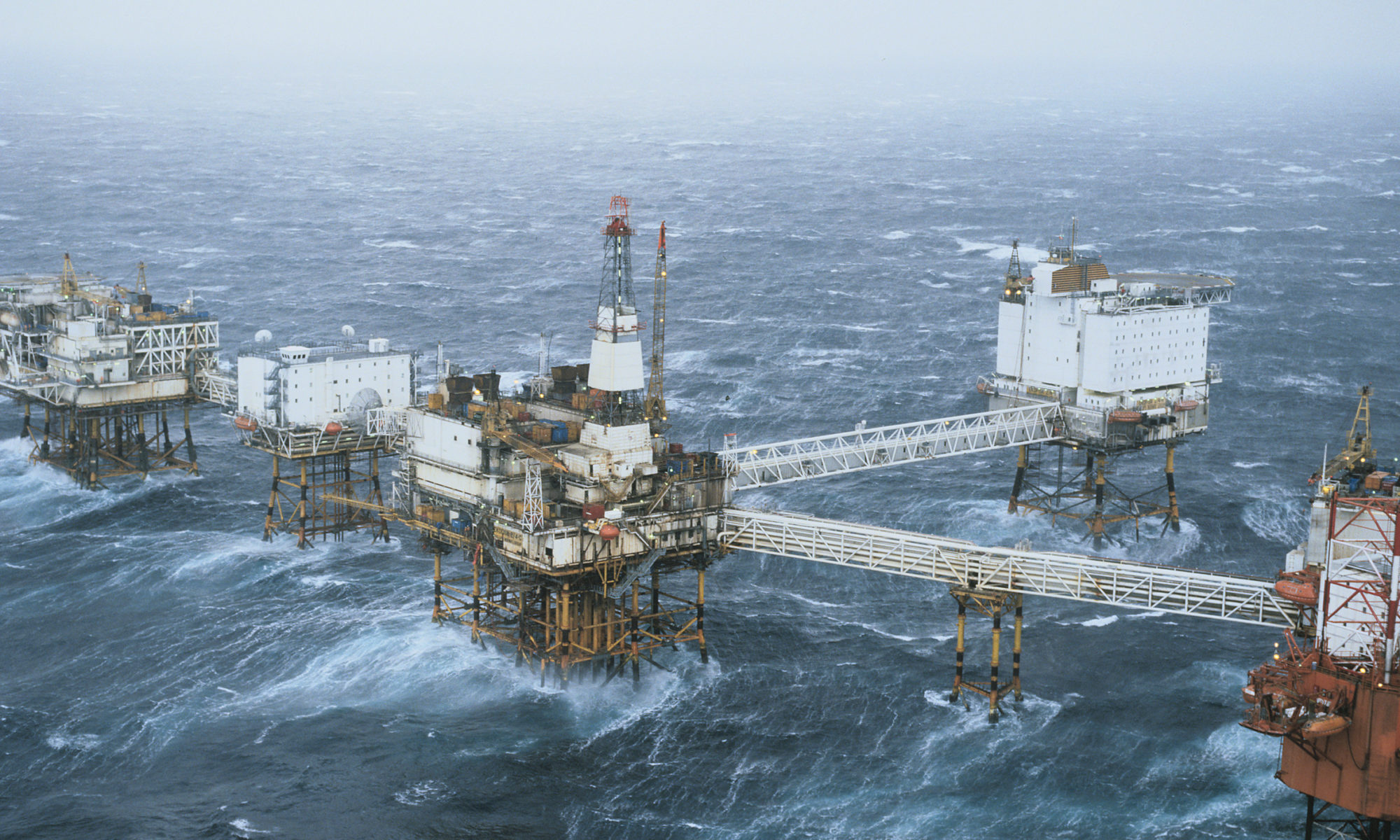Hurricane on Ekofisk

Edda 2/7 C was the hardest hit. But the tank also felt the strength of the hurricane when the waves easily topped its breakwater. The maximum wave height was close to 26 metres.
Erling Ballestad, offshore installation manager on 2/4 T, reports that the storm caused the breakwater to sink 40 cm into the seabed. It has remained immovable since.
Waves washing over the edge were about 30 metres above normal sea level and destroyed equipment. The water level between breakwater and tank rose dangerously because it could not drain away fast enough. Despite substantial material damage, however, no personal injuries were fortunately suffered.
Egil Berle in the safety department recalls: ”Old stories about big waves existed from people who had sailed the North Sea, but nobody would believe how high they could be.
”When ships made it safely back to shore after a storm, you could see the damage they’d suffered. But the biggest and most dangerous waves were probably never documented, because the ship then sank.”
A number of measuring points suddenly emerged on the Ekofisk platforms, he explains. Damage high above normal sea level could clearly be identified on the structures fixed to the seabed.
”Waves hitting the tank breakwater bounced back into those behind them. These built up to even greater heights and thereby became ’freak’ waves.
”During the 1991 storm, the waves washed over the breakwater and broke over the whole tank. People sitting in the control tower over on the hotel could report that the entire structure became invisible under sea and foam for a moment.
”If the breakwater hadn’t been installed, large parts of the structure would probably have been destroyed and it could well have cost lives as well.”
Waterflooding starts from 2/4 W moduleHelicopter accident at the Ekofisk Complex